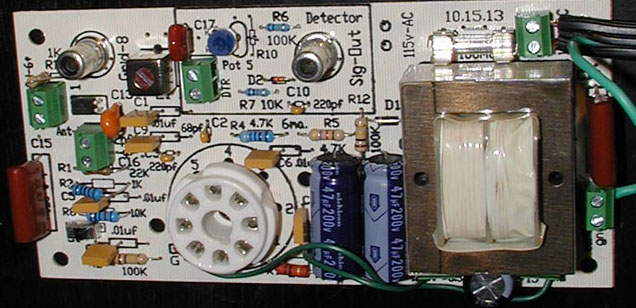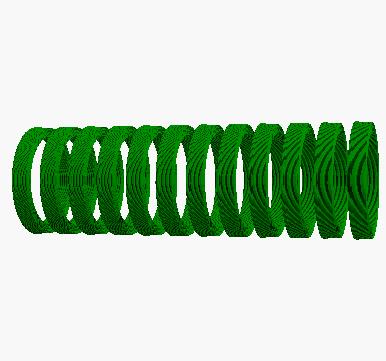The squeaky wheel always gets the grease. I posted my Stock research to show I have nothing against digital programing or digital synths imitating a piano or a theremin.
The original poster is building an analog theremin and was asking about coils. Hopefully from this thread he learns that what's important is how the three oscillators interact fully exposing the Theremin Phenomenon.
I built a theremin using vacuum tube oscillators with the resonating pitch antenna and the results were the same as using transistor but slightly better in sound as tubes have a slower roll over of the sine wave for a deeper more natural vocal sound.
https://www.oldtemecula.com/+smooth2-4.mp3
I used two of these oscillator seen in the image, notice nothing special about the coil I used. I can only sweep the pitch field, nothing more. The first time I heard my theremin design sing musically is after I sent it to St Petersburg Russia, the home of Lev Sergeyevich Termen.
For myself the finest analog theremin performance ever performed was by Peter Pringle though he does not like it. Probably mad when I post it. This is his Hoffman theremin the same one that created the sound effect in the original 1951 “The Day the Earth Stood Still”.
https://www.oldtemecula.com/+aranjuez.mp3
I wish you all the best as time is only borrowed.
Christopher



